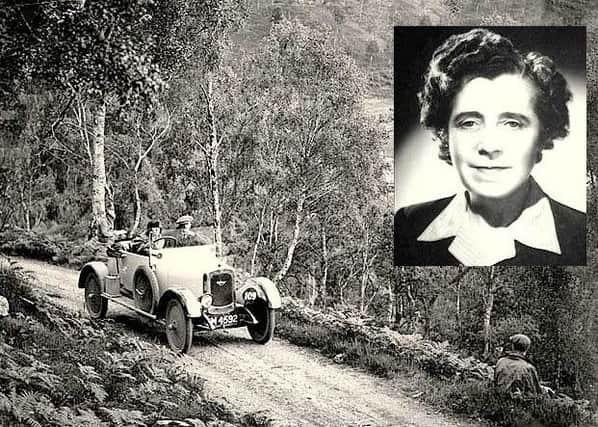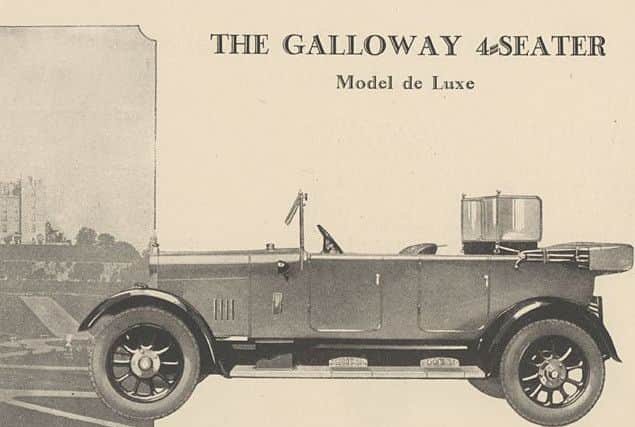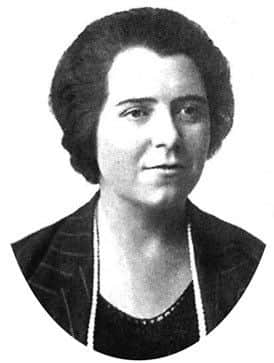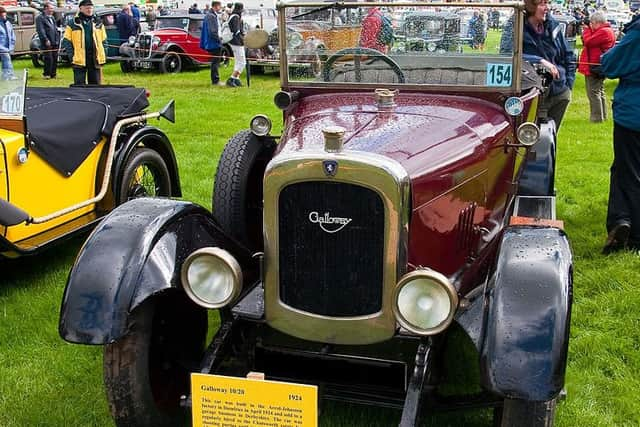Dorothée Pullinger: Built world's first '˜car for women'


Born to her car designer father Thomas Pullinger, Dorothée spent her formative years in France before moving to England at the age of eight in 1902.
Only eight years later, she took a junior role in the drawing office of Scottish car manufacturer Arrol-Johnston before the onset of the First World War.
Advertisement
Hide AdAdvertisement
Hide AdDuring the conflict, however, Pullinger continued to make a name for herself as a determined engineer after being denied a place in the Institute of Automobile Engineers (IAE) because of her gender.


At age 20, Pullinger was made Lady Superintendent of approximately 7,000 female war workers at Barrow-in-Furness in Cumbria. Her team produced bombs for the British war effort, earning her an MBE and acceptance into the IAE as its first-ever female member.
It was her work from the 1920s onwards as director and manager of Galloway Motors Ltd that really cemented the talented reputation of the 26-year old.
The factory, staffed by women in Tongland, Kirkcudbright, produced the Galloway motor car.
With approximately 10 to 20 horsepower from its 1.5-litre four-cylinder engine, the Galloway’s mechanicals were based on the Fiat 501 of the era, but the car itself was designed with women in mind.


As female drivers were typically shorter than their male equivalents of the time, the seating position was raised and the dashboard lowered to accomodate shorter women. Variants of the Galloway also featured more storage space than other models, and the gear lever was mounted inside the car instead of outside the bodywork - which was common practice for cars of the time. So forward-thinking was the design, the Galloway was one of the first cars worldwide to feature an interior-mounted rear-view mirror.
In addition, the Galloway was also lighter, smaller and marginally more reliable than other cars of its era.
Pullinger demonstrated the car’s capabilities at the Scottish Six Day Trials in 1924, which her car won. Despite these qualities, only 4,000 were made in approximately eight years of production over two factories, with the latter cars produced at Heathhall from 1923. The engineer left her role as a sales representative for the company in 1928 in order to found White Service Laundries in Croydon, after Galloway and model-sharing company Arrol-Johnston closed down.
Advertisement
Hide AdAdvertisement
Hide Ad

The Second World War brought her an opportunity to further her new career, as the sole female to be appointed to the Industrial Panel of the Ministry of Production. Here, she helped organise female recruits for munitions factories and address logistical issues relating to industry problems after the war.
After her demanding role, she took a slower pace of life by opening another laundry service in Guernsey, where she resided until her death in 1986.
To this day, Pullinger holds the accolade of being the first designer to spot the need for a different design to suit female drivers. She is also unique in having the design and engineering solutions to make her idea a reality; a feat made all the more impressive given that she did this during a time when engineering very much was a man’s role.
